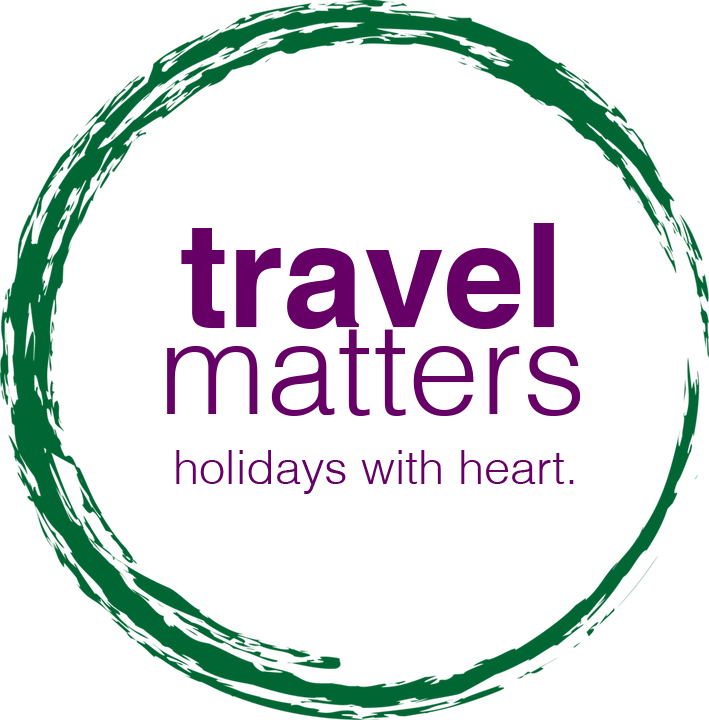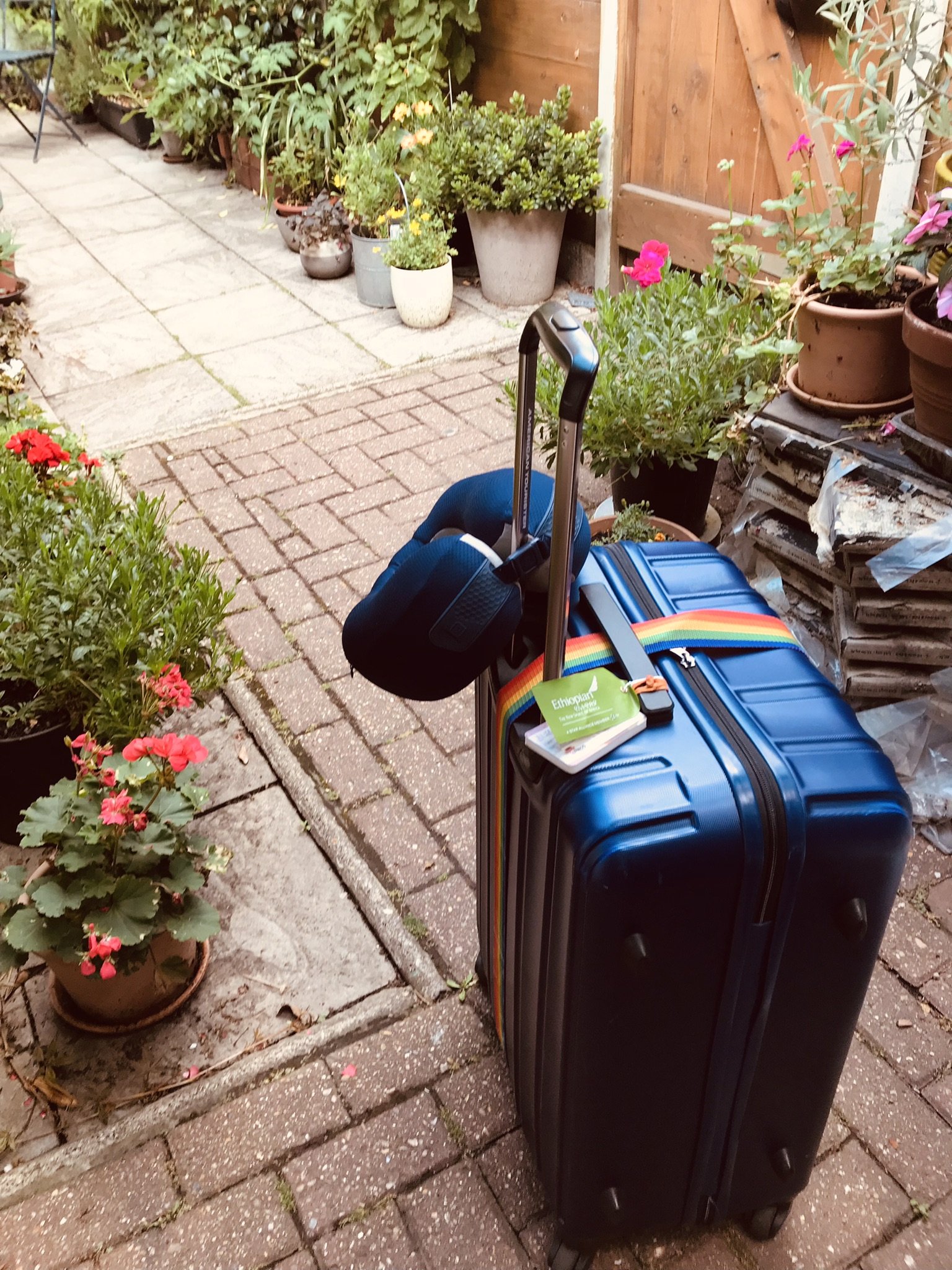Travelling to East Africa: Some pre-trips thoughts
When my trip to East Africa was approaching in July-August, some simple questions arose -
Why do people travel to East Africa and who are these people?
I truly believe that no question is too obvious, and that even the simplest query can trigger the remembrance of a long, old story, or perhaps, start a brand new one. I knew that I was preparing the ground for – I hoped – some stimulating storytelling opportunities in the field.
What follows are the preparatory reflections that my trip to East Africa prompted, before I disappeared from the radar in mid-August, and immersed myself in this new adventure from which I have just emerged.
Photo Credit, SplitShire (Pixabay)
My Africa
My reasons for embarking on a visit to the region again – but for longer this time around – were a mixture of personal and professional ones, whose seeds were planted at the beginning of the pandemic thanks to one of those meaningful connections established in those weird times when we were locked away.
In my mind, personally, Africa as a concept has never been that far away. Perhaps because my Sicilian roots closed that gap before I was born; perhaps because I have always felt the strong cultural connections that link the Italian island to the extremely close northern coast of Saharan Africa.
But, I must admit, there are some parts of the continent that feel closer to me than others. For example, I feel very close to Morocco, Algeria, Tunisia, and Egypt, because that cultural affinity is also reflected in the music and sometimes in the language I grew up with; I feel familiar with West Africa too, being the land of origin of many of my friends and acquaintances not only in London, but also in Italy when I was young; there is South Africa, which I know of as another kind of Africa, associated with white dominance and the fight for freedom. And then there is East Africa which, beyond my brief visit to Ethiopia earlier this year, remains an undiscovered territory, which I can only understand through the images I receive from that region or from the world around.
Africa on the Tourism Map
When tourism talks about Africa, the first pictures that immediately emerge are undoubtedly associated with safari, wilderness and, very likely, the Great Migration.
Mara River at Serengeti National Park - Tanzania. Photo Credit, Jorge Tung
This spectacular movement of more than 1.5 million wildebeest, following a loop heading northwest between Kenya and Tanzania, is recognised as one of the ‘Seven Wonders of the Natural World’.
In this land you can find the Big Five, those majestic animals, usually encountered during safari where people venture into the animals’ territory, escorted by rangers and trained guides.
Thanks to Liz Langley, from the pages of National Geographic, I discovered that this was a term, coined in the late 1800s during Africa’s colonial period, referring to what trophy hunters considered the most challenging and dangerous animals to hunt on foot.
I have never yet taken part in a safari but, honestly, I quite look forward to seeing a lion in its natural habitat, also an elephant and most definitely a wild buffalo, which would be the first of the Big Five that I would ever have seen in real life.
Undeniably, Africa is a destination for people interested in experiencing impressive and rich wildlife, and it offers fantastic opportunities to experience unique encounters that will be, I can predict, quite impactful.
However, from my frequent walks among the stalls of the international tourism fairs, the sparkles that hit my senses most vigorously in the African sector mainly come from the luxury travel providers.
The Missing Part
When approaching this part of the continent, it forces my attention to focus on certain questions, perhaps triggered by those sparkles found in the glossy magazines or on the stalls and boards, and which also link to the main reason why I am moving closer to the centre of this part of the world in the first place.
I notice that there is something missing from the bigger picture of Africa that I am receiving from the tourism industry, perhaps only with the exception of Kenya!
Where are the people of this land?
Where is the Culture? (Or better said, the ‘Cultures’, in plural.)
It seems a common thread in our sector; communities often disappear from the stage, like the effect of a cruel black-magic spell.
I am challenged by the mission of finding out which grassroot corners they are hiding in, and what they say about the industry they are not part of, and also about their relationship with wildlife and, especially, with those tourists in the safari car. Were those cars made just to protect the high-end tourists from the lions and the wild beasts, or also from the locals, in some unfortunate circumstance? I want to find out. I can see though that communities are very visible wherever conservation is concerned. But, I am curious to know on what terms. Time to get even closer!
The Imperfect Conservation Model
Talking about the role of the tourism sector in East Africa, the first association that comes to mind is the one with conservation. The conservation model that instrumentally uses tourism to conserve the natural environment, both plants and wildlife, from the risk of disappearing, seems to produce results, but not without issues.
Since the 80’s, when wildlife started being in real danger and threatened by illegal poaching for products like ivory and also bushmeat, the work of the national governments intensified, and tourism appeared to be a suitable option that would provide a deterrent but also offer concrete alternatives in terms of income and job opportunities.
Although there are still many endangered species in Africa, the numbers show a clear improvement and the conservation model based on high-end tourism continues to predominate. Some of the countries I am about to visit, like Rwanda, have been recognised as strongly leading the new trend.
Unfortunately, however, this doesn’t come at no cost!
Photo Credit, Dan Sudermann (Pixabay)
The main problem experienced in the region is the so-called human-wildlife conflict.
However, this model, which is sometimes referred to as ‘fortress conservation’ and addresses the separation between people and animals, presents limitations if observed from the point of view of the land rights of the indigenous people living there.
I believe that the realities in each of the countries of East Africa are different, but I can see how a model based on division and exclusive use of the land has its limitations and undermines the harmony of any potential cohabitation.
Community and Conservation is an important pairing for the future of the planet and for a fair tourism industry. It is often presented as one concept but, based on the kind of news streamed, you can easily deduce that the level of friction can be high. The pairing, rather than a concept, seems more a laboratory for field testing!
I am curious to see how the delicate balance is managed in each of the three countries I am about to visit.
Cultural Invisibility
Communities intrinsically are representative of the culture of the place, so another way of asking about communities is asking about the local cultures.
How much of this is preserved and supported through tourism?
Cultural tourism has been addressed by the World Tourism Organisation (UNTWO) as a light during the dark times of COVID. Among the recommendations contained in the ‘Inclusive Recovery Guide on Cultural Tourism’ that the UNTWO has published about the sociocultural impacts of COVID-19, is some clear guidance on ‘Supporting culture as a win-win for tourism destinations’ – we find this one particularly interesting. Inspire travellers to re-discover their local culture and creative industries. Create new experiences that feed in the tourism offer to re-engage with local communities.
Samburo Woman. Photo Credit, Eti (Pixabay)
And I ask myself, what is happening in Africa? Beyond safaris and wildlife, is Africa presenting itself as a cultural destination at all? Very rarely. Is this because Africa doesn’t have enough culture to share? [Hilarious] Of course, we know that this cannot be the case. The immense variety of ethnicities, languages and cultural traditions that populate the African continent is something that we are all familiar with. We see that, in some cases, culture is the reason why people are attracted to visit a specific country. I’m thinking of Egypt, Morocco, and also Senegal, perhaps. In any case, though, it feels that often the cultural identity of a particular country is somehow squashed under the pressure of the false need to present a homogenous image to future visitors, to try to help with understanding and making sense of the variety.
However, simplification kills diversity and diversity means uniqueness of the place, the essence of a destination, also so crucial from a marketing perspective.
I did an interesting experiment, and typed ‘indigenous tribes in Kenya’ into my search engine, and an astonishing 47 came up. However, when I decided to include the word ‘tourism’ in my search, the number I found shrank to a couple, the most predominant being the Maasai, especially in the imagery.
The Maasai, of the Mara but also of the north, for different social, economic and historical circumstances, have become the cultural representatives of Kenya, although they are not even the most numerous ethnic group in the country, which is actually the Kikuyo, a Bantu group and another of those 47 peoples of Kenya, with its own language, traditions and celebrations.
Life is not homogenous – very rarely is this the case – and the work that Responsible Tourism does is exactly about getting closer to those local realities, to try to get a more authentic glimpse of them, whatever that might mean.
In Travel Matters: Responsible Travel Tips, number six invites you to respect the local culture and traditions, not only to dress appropriately and maintain appropriate behaviour, but also to take a proactive approach and look for that information yourself, by actively asking your travel representative or host at your accommodation or even having a quick search online.
Elisa’s Suitcase
I still have many questions that are rising in my mind -
What was the impact of the COVID pandemic, for example?
How has domestic tourism changed, if at all?
How are the people and the places reacting to the challenges of climate change?
Have any new ideas, models, and suggestions for us to learn from arisen from this land in the last three years?
I am ready now to embark on that plane. I have my luggage with my clothes and another bag full of open questions and blank notepads. Empty your cup, open your mind, connect your ears. Ready, steady, GO!
(This blog has been written by Elisa Spampinato, a travel writer & Community Storyteller, CEO & Founder at Traveller Storyteller)





